Introduction:
Have you ever returned from an incredible trip only to find your photos don’t quite capture the magic you experienced? You know the feeling—those vacation snapshots that just don’t seem to do justice to the breathtaking landscapes, vibrant street scenes, or the simple joy of a candid moment with a loved one. Instead of reliving the adventure, you’re left with blurry, uninspiring images that don’t quite transport you back to the feeling of that trip.
But here’s the good news: Travel photography is more than just documenting where you’ve been. It’s about preserving the emotions, stories, and unique moments that make your travels unforgettable. Whether you’re wandering the streets of Paris or exploring a remote mountain range, every photo has the potential to capture a piece of your journey in a way that lets you relive it over and over again.
This guide is designed to make travel photography more accessible and enjoyable for everyone. You don’t need to be a professional photographer or have the latest camera gear to take stunning photos. What matters most is learning how to see the world through a different lens—and how to use the tools you already have to bring your vision to life.
By the end of this guide, you’ll gain practical, actionable techniques to transform your ordinary vacation photos into visual stories that stand out. Learn how to master composition, harness the power of natural light, edit pictures with purpose, and capture the moments that truly matter. It’s time to take your travel photos from snapshots to stunning, unforgettable images.
This guide is written by an experienced travel photography enthusiast, passionate about helping fellow travelers elevate their photography skills. With a focus on authenticity, creativity, and practicality, you’ll be equipped to capture your adventures in a way that reflects the unique magic of your journey. Let’s dive in and start making your travel photos truly unforgettable!
Understanding Your Gear: From Smartphone to Pro Camera
The best camera is the one you have with you. In the world of travel photography, it’s not about having the most expensive gear; it’s about knowing how to make the most of the tools you already own. Whether you’re using a smartphone, a mirrorless camera, or even a compact point-and-shoot, each type of camera can help you capture stunning travel moments.
For many travelers, the idea of lugging around heavy gear can be a deterrent. You may have limited options or prefer not to carry bulky equipment on your adventures. The good news is that you don’t need to invest in new, high-end equipment to take extraordinary photos. Instead, optimizing the gear you already own is the key. Let’s explore the most common camera types for travel photography, their unique advantages, and how to make the most of them.
Choosing Your Travel Companion: Camera Types Compared
Smartphones: The Ultimate Convenience
In today’s world, smartphones like the iPhone 16 Pro and Samsung Galaxy S24 Ultra are often the go-to travel cameras for many. These devices pack a punch, offering computational photography features such as Smart HDR, Deep Fusion, and Night Mode, making it easier than ever to capture vibrant images in any light. The convenience of sharing your photos instantly via social media or messaging apps is another huge perk, especially for travelers on the go.
The main advantages of compact cameras are their lightweight and pocket-sized design, making them incredibly portable and easy to carry around. They also feature powerful built-in computational photography, which is excellent for low-light conditions and action shots, and they are easy to use, even for beginners. Additionally, these cameras offer instant sharing capabilities, allowing you to quickly upload and share your photos. However, there are some disadvantages to consider. Compact cameras typically have limited optical zoom, usually maxing out at 2x-3x, which can restrict their versatility for certain types of shots. Furthermore, the image quality may not match that of high-end cameras, particularly in challenging conditions like very low light or when capturing long-distance shots.
Mirrorless Cameras: A Versatile Option for Enthusiasts
If you’re seeking better image quality and more creative control without the bulk of a DSLR, a mirrorless camera like the Sony Alpha a6100 or Fujifilm X-T30 II is an excellent choice. These cameras provide high-resolution images and the ability to interchange lenses, giving you more versatility in how you capture the world around you. With advanced autofocus systems and larger image sensors, they offer a notable improvement in image quality over smartphones.
Mirrorless cameras offer superior image quality and excellent low-light performance, making them ideal for capturing detailed, vibrant shots in various lighting conditions. Their interchangeable lenses provide creative flexibility, allowing you to adapt to different shooting styles and environments. Additionally, they are lightweight and compact compared to traditional DSLRs, making them a more portable option for travelers. However, there are some drawbacks. Mirrorless cameras tend to be more expensive than smartphones, which might be a consideration for budget-conscious travelers. They also require more knowledge of manual settings to get the best results, which can be challenging for beginners. While lighter than DSLRs, they can still feel bulky for some travelers, especially when carrying additional lenses and accessories.
Comparison Table: Camera Types for Travel Photography
| Camera Type | Advantages | Disadvantages | Best For |
| Smartphone | Pocket-sized, easy to use, powerful computational features, instant sharing | Limited optical zoom, lower quality in certain conditions | Casual travelers, social media lovers |
| Mirrorless Camera | Better image quality, interchangeable lenses, compact for its class | Requires learning settings, more expensive, still a bit bulky | Photography enthusiasts, versatile shooters |
| Compact Camera | Small, lightweight, easy to use, affordable | Limited zoom, small sensors | Budget-conscious travelers, beginners |
| DSLR | Exceptional image quality, complete manual control, large selection of lenses | Heavy, bulky, expensive, requires expertise | Professional photographers, serious enthusiasts |
Maximizing Your Current Gear: Travel Photography on a Shoestring
You don’t need to invest in new gear to improve your travel photography. If you’re traveling on a budget or simply don’t want to carry heavy equipment, there are plenty of ways to get the most out of the gear you already own.
For smartphone users, taking advantage of native camera features like Portrait Mode, Night Mode, and Panorama can elevate your photos without much effort, helping you create professional-looking shots with built-in settings. It’s also important to understand the difference between digital and optical zoom. Smartphones generally rely on digital zoom, which can degrade image quality. To preserve clarity, try to get closer to your subject instead of zooming in. If your phone features optical zoom (such as the iPhone 15 Pro or Samsung Galaxy S24 Ultra), use it for better image quality when zooming in. For fast-moving subjects like athletes or wildlife, use burst mode to capture action shots by holding down the shutter button to take a series of rapid photos, increasing your chances of getting a sharp shot. Lastly, affordable accessories like clip-on lenses for wider angles or macro shots and a basic tripod for stabilizing your phone during long exposures or group photos can significantly enhance your smartphone’s capabilities.
For compact camera users, exploring scene modes can help improve photo quality without needing to adjust manual settings. Many compact cameras come with pre-set scene modes like Landscape, Portrait, or Sports, which automatically adjust the camera’s settings to suit your environment. If your compact camera has manual settings, consider experimenting with aperture priority to control depth of field or shutter priority to capture motion. These modes offer more control over your images, allowing you to fine-tune the results without fully committing to manual operation.
Practice Before You Go:
Before you hit the road, take the time to get familiar with your camera or smartphone’s settings. Experiment in different light conditions—morning, afternoon, and evening. By practicing ahead of time, you’ll build confidence and muscle memory, making it easier to capture the perfect shot when the moment arises.
Essential Accessories for Every Traveler’s Camera Bag
When traveling as a photographer, it’s crucial to pack light, but smart. While it may be tempting to bring every piece of gear, focusing on accessories that provide the most impact without adding unnecessary weight is key. A travel tripod like the Joby GorillaPod or Peak Design Travel Tripod is essential for stability in low-light conditions, long exposure shots, and self-portraits. A portable power bank ensures you won’t miss a shot due to a drained battery, especially when you’re out exploring all day without easy access to charging. Additionally, extra batteries and memory cards are vital for keeping your camera or smartphone powered and ready. Spare batteries and memory cards prevent you from running out of storage or power during your adventure. A cleaning kit with a microfiber cloth and small blower is crucial for keeping your lens free of dust or smudges, ensuring your photos remain sharp and clear. Lastly, a protective bag or case is essential for shielding your gear from the elements, particularly in unpredictable weather conditions. These essentials will help you stay prepared, while keeping your gear minimal and manageable.
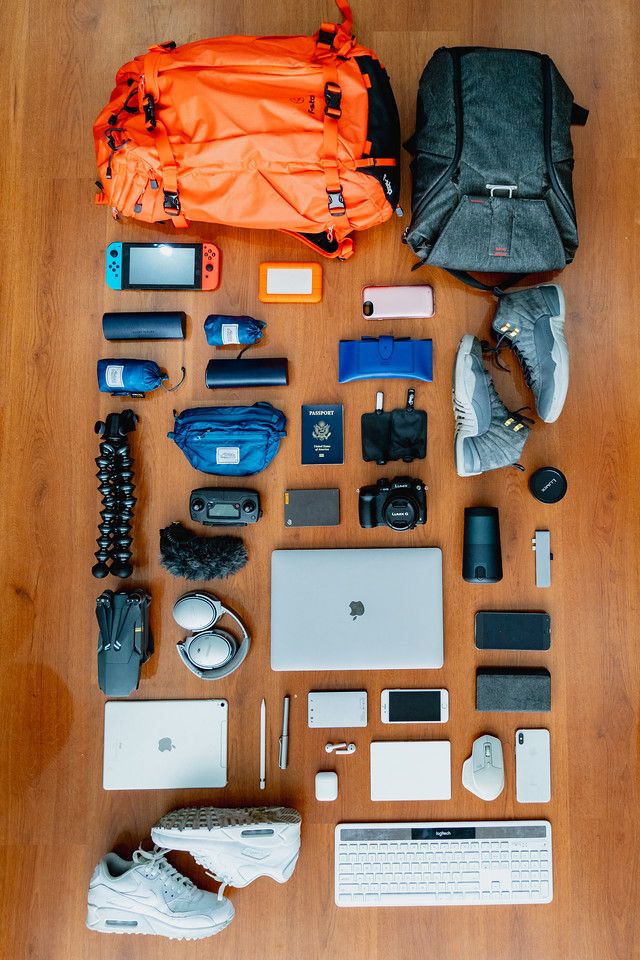
By optimizing your gear, understanding the strengths of your equipment, and choosing the right accessories, you’ll be well on your way to capturing stunning travel photos—no matter what gear you have.
Mastering Composition: The Art of Framing Your Shot
Are you struggling with composition to make your photos look interesting and professional? It’s a common challenge for many travelers. You may find yourself taking the same old postcard-style shots—beautiful, yes, but lacking a unique perspective or the emotional depth that makes a photo unforgettable. The truth is that travel photography is about capturing the essence of a place and its people, not just the surface-level beauty.
Welcome to “Beyond the Postcard”—a guide designed to help you break free from tourist clichés and capture authentic, distinctive moments that truly tell the story of your travels. By mastering the art of composition, you can transform ordinary scenes into extraordinary visual narratives that capture the true magic of your adventures.
The Golden Rules of Composition (and When to Break Them)
Master Basic Composition Rules, Then Break Them. The foundational rules of photography, like the Rule of Thirds and Leading Lines, are designed to create balanced, engaging images. However, they’re not set in stone. Once you understand these techniques, feel free to experiment and break them when it serves your unique vision.
Rule of Thirds:
The Rule of Thirds is one of the most common and powerful compositional tools. By dividing your frame into a 3×3 grid, you can place your subject off-center, creating a more dynamic and visually engaging shot. Position your subject at one of the intersections of the grid rather than in the center. This allows the surrounding elements to tell a more complete story.
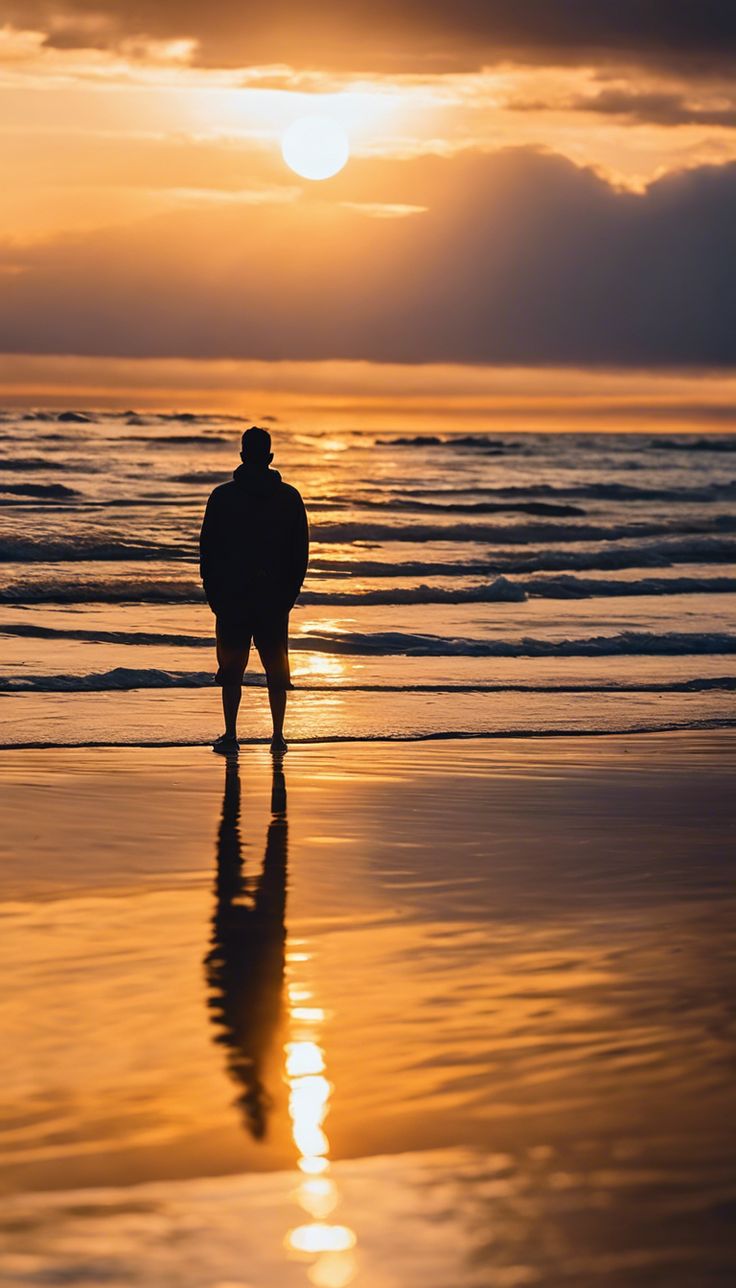
Leading Lines:
Lines in your environment—whether natural (a winding river or a dirt road) or manufactured (fences, bridges, railways)—can act as a guide for the viewer’s eye, drawing attention to the subject or leading them through the scene. Look for lines that start at the bottom of your frame and lead the viewer’s gaze toward the main subject. This adds depth and directs focus.
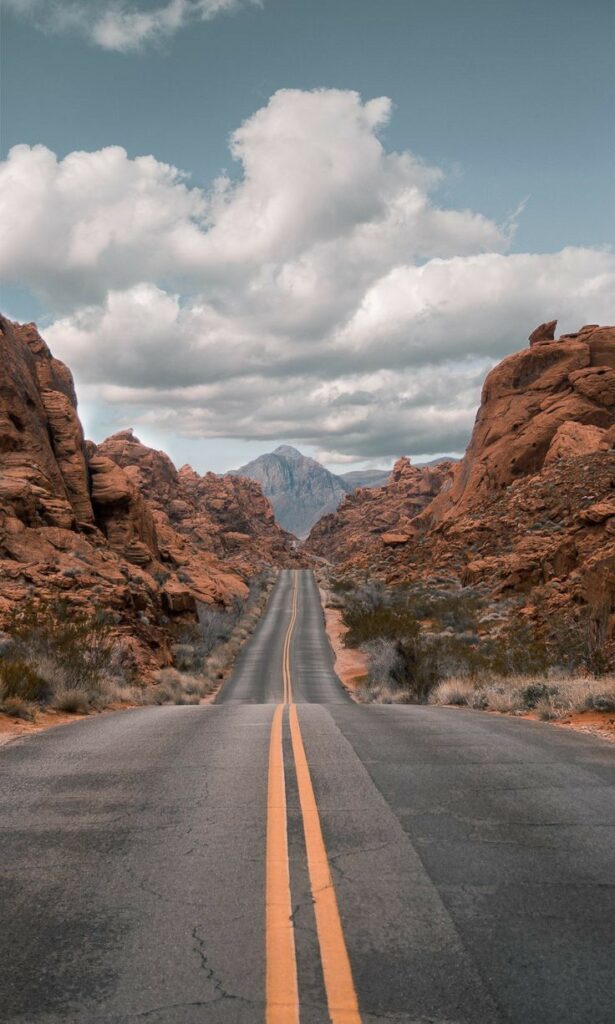
Symmetry & Patterns:
Nature and architecture are full of symmetry and repeating patterns that can make for visually striking photos. Symmetry can create balance, while patterns can evoke a sense of rhythm or harmony. Look for reflections in water or symmetrical architectural features. Experiment with framing to highlight the repetition in your scene.
Framing:
Using natural elements—like archways, windows, or tree branches—as a frame around your subject adds context and depth to your photo, making the viewer feel like they are peering into a specific moment. Position your subject so that it’s surrounded by these natural frames, guiding the viewer’s attention inward.

Negative Space:
This technique involves using space around your subject to emphasize its importance. By allowing the subject to “breathe,” you can create a powerful focal point that draws attention. Don’t overcrowd your frame. Allow the background to remain uncluttered, making the subject stand out in isolation.
Depth:
Creating a sense of depth in your photos helps convey a three-dimensional feel, making the image more immersive. Incorporating elements in the foreground, middle ground, and background adds a layered quality. Use natural elements like trees, rocks, or people to create a sense of depth and lead the viewer’s eye through the photo.
Finding Unique Perspectives
Sometimes, all it takes is a shift in perspective to make a photo truly stand out. Instead of sticking to the typical eye-level shots, challenge yourself to explore new angles and framing techniques that offer fresh views of your subject.
Shooting from Low Angles can dramatically change the feel of your photo. When you shoot from ground level, your subject can appear larger, more imposing, and full of power or importance. Try capturing buildings, trees, or people from below to make them appear towering or majestic against the sky. This perspective can add an entirely new dimension to your shots.
Alternatively, shooting from high angles—whether from a balcony, hilltop, or even using a drone—provides a unique bird’s-eye view of familiar scenes. This perspective is great for capturing sweeping vistas, busy markets, or crowds, helping convey the scale and energy of a place that’s often missed from eye level.
Capturing reflections is another powerful technique. Whether in puddles, windows, or bodies of water, reflections create a mirrored version of the world, adding a layer of intrigue and mystery to your photos. After a rainstorm, look for puddles or calm waters that perfectly mirror their surroundings, creating symmetry and depth in your image.
Finally, shooting through elements like leaves, fences, or crowds can add layers of context to your shots. This technique can make your photos feel more immersive, guiding the viewer’s eye to your subject through natural framing. By partially obscuring your subject with elements in the foreground, you create depth and intrigue, adding a sense of mystery or realism to the scene.
Storytelling Through Your Lens
Photography is not just about pretty pictures—it’s about telling stories. Think about what narrative you want to convey through your shots. Is it the emotion of the moment, the vibrancy of local life, or the essence of a place? Each photo you take has the potential to tell a story.
Capturing Emotion & Human Connection:
Candid shots of people interacting—whether it’s a joyful laugh, a quiet moment of reflection, or a connection with loved ones—can evoke deep emotional responses in your viewers. These shots often convey more about a place than any landscape ever could. Look for candid moments—people laughing, talking, or engaged in daily life. These images often express the soul of the location.
Including Local Life and Candid Moments:
Photographs that capture markets, festivals, or street life are often the best way to show the true character of a place. Don’t be afraid to photograph everyday scenes; they can tell you just as much about a place as the iconic landmarks. Spend time observing the rhythms of daily life. Sometimes, the most powerful images come from the unplanned moments in between.
Creating a Series:
A series of photos can be an effective way to tell a story or explore a theme over time. Whether it’s documenting a local festival, following a person’s journey, or capturing the changing landscape throughout the day, a series adds depth to your storytelling. Think of a trip as a collection of stories. Each image should be a part of a larger narrative.
By mastering these compositional techniques, you can move beyond cliché tourist shots and start capturing authentic, engaging travel moments. Whether you’re framing your subject with leading lines or finding new perspectives, remember that every photo you take has the potential to tell a story that’s uniquely yours.
Light & Exposure: The Foundation of a Great Photo
One of the most common frustrations for aspiring photographers is underexposed or overexposed images—photos that are either too dark or too bright to capture the true beauty of a scene. Understanding light and exposure is key to fixing this, and mastering these elements will transform your travel photography. Fortunately, it’s not about owning the most expensive equipment; it’s about knowing how to use the light available to you.
In this section, we’ll dive into the foundations of light and exposure, helping you to understand how natural light interacts with your camera and how to use the exposure triangle—ISO, aperture, and shutter speed—to make your photos shine, regardless of the conditions.
Harnessing Natural Light
One of the most important things you can do to improve your photos is to plan your shooting times around natural light. The best times for capturing dramatic, flattering light are the Golden Hour and Blue Hour—the times just after sunrise and just before sunset.
Golden Hour:
Golden Hour refers to the period when the sun is low in the sky, casting soft, warm, and diffused light across the landscape. This light is perfect for portraits and landscape photography, creating a magical glow that flatters skin tones and adds depth to the scene. Aim to shoot during the first hour after sunrise or the last hour before sunset. The quality of light during this time can turn an ordinary scene into something extraordinary.
Blue Hour:
Blue Hour occurs just before sunrise or after sunset when the sky is tinged with cool, ambient light. This time is perfect for cityscapes or architectural photography, where the soft blue light contrasts beautifully with manufactured structures. If you’re capturing cities or buildings, the soft blue light will enhance the architectural features and create a serene mood in your photos.
Dealing with Harsh Midday Sun:
Midday sun can create strong shadows and harsh highlights that make it challenging to capture balanced images. However, there are a few ways to work with the light rather than against it.
When it comes to lighting, sometimes subtle adjustments can make all the difference in your travel photography. Seek shade to avoid the harsh, unflattering direct light that can cause overexposed highlights and deep shadows. Moving your subject into the shade softens the light, providing a more even and flattering tone.
If you’re shooting in the shade and the background is too bright, use fill flash to help balance the exposure. The fill flash will brighten the subject’s face without overpowering the natural light, ensuring the image maintains its depth and detail. This is especially helpful when shooting portraits or when you need to illuminate your subject while maintaining a balanced exposure between them and the background.
Another technique is to embrace creative shadows. The strong shadows created by the midday sun can be used to your advantage, adding intriguing patterns, depth, and contrast to your images. Play with how shadows interact with your subjects and surroundings to create visually dynamic photos that go beyond simple snapshots.
Overcast Days:
Overcast days are often seen as a disadvantage in photography, but they can be ideal for certain types of shots. The diffused, even light provided by clouds is perfect for portraits and vibrant colors, as it reduces harsh shadows and highlights. Don’t be discouraged by cloudy skies. Use this soft, even light to capture details and textures, especially in nature or street photography.
Understanding the Exposure Triangle: ISO, Aperture, Shutter Speed
The exposure triangle—composed of ISO, aperture, and shutter speed—is the foundation of all photography. Each of these settings plays a role in controlling how much light enters the camera, affecting the exposure (brightness) and overall look of your photo. Let’s break them down in simple terms:
ISO: Your Camera’s Sensitivity to Light
ISO refers to your camera’s sensitivity to light. A higher ISO makes your camera more sensitive, allowing you to shoot in lower light, but it can introduce noise (graininess) into your photos. In contrast, a lower ISO produces cleaner images but requires more light. Keep your ISO as low as possible (e.g., 100-400) for clear, sharp photos. When shooting in low light, increase your ISO, but be mindful of noise.
Aperture (f-stop): Control the Light and Depth of Field
The aperture controls the amount of light entering the camera through the lens. It also affects the depth of field—how much of the scene is in focus. The aperture is measured in f-stops (e.g., f/2.8, f/8). A lower f-number (e.g., f/2.8) allows more light and creates a shallow depth of field (blurry background), while a higher f-number (e.g., f/16) lets in less light and increases the depth of field, keeping more of the scene in focus. For portraits, use a wide aperture (low f-number) to blur the background and make your subject stand out. For landscapes, use a narrow aperture (high f-number) to keep everything in focus.

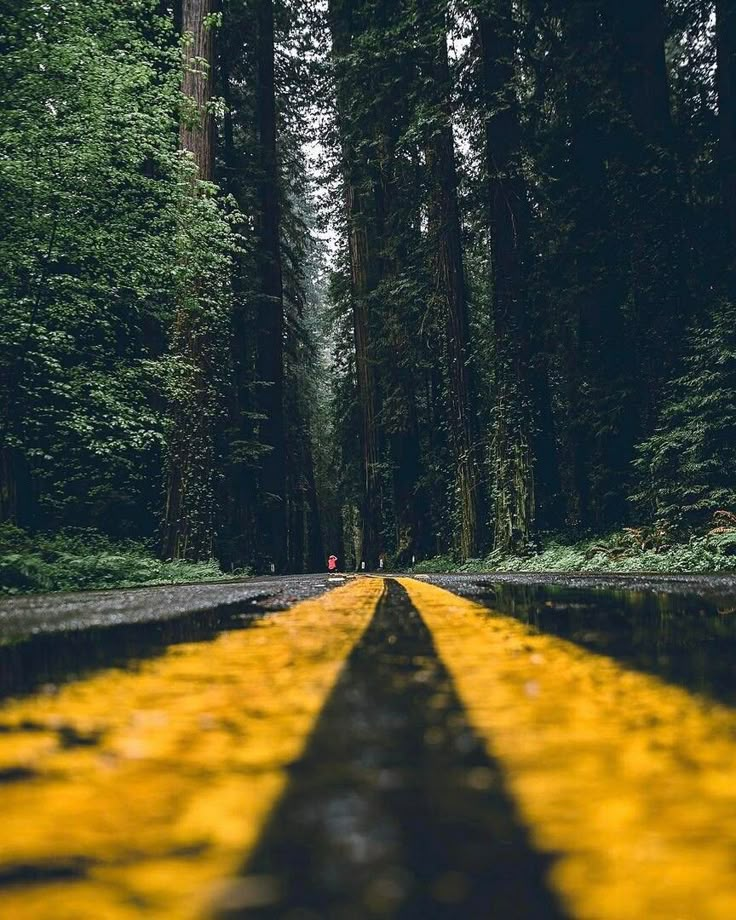
Shutter Speed: Control the Exposure Time
Shutter speed determines how long the camera’s sensor is exposed to light. Fast shutter speeds (e.g., 1/1000) freeze motion, while slow shutter speeds (e.g., 1/30) capture motion blur, which can be used creatively for effects like flowing waterfalls or light trails. Use fast shutter speeds to freeze action (e.g., sports or wildlife). Use slow shutter speeds to create motion blur for artistic effects, like capturing the flow of water or light trails.

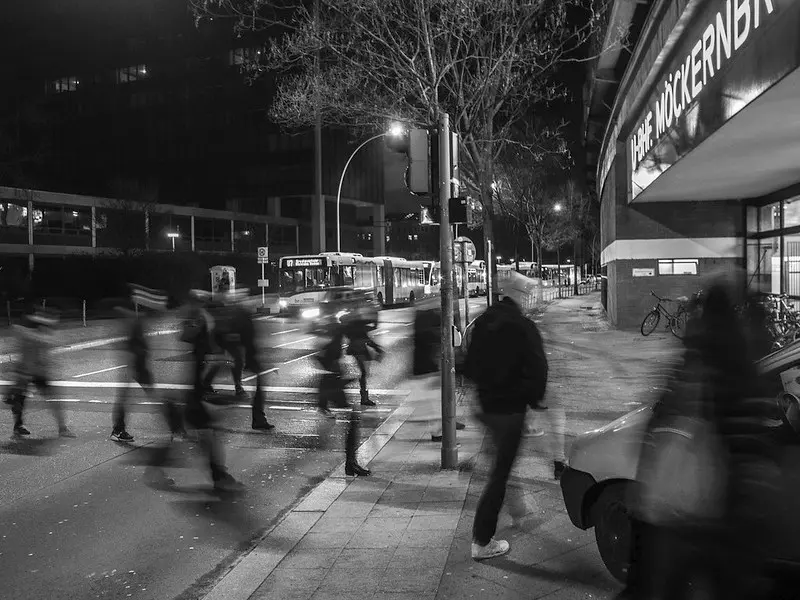
How ISO, Aperture, and Shutter Speed Work Together
The exposure triangle works together to control the overall brightness and aesthetic of your image. Here’s how these settings interact:
- ISO determines how sensitive your camera is to light.
- The aperture controls how much light enters the lens and the depth of field.
- Shutter Speed determines how long the sensor is exposed to light, affecting motion blur.
- Actionable Tip: When you adjust one of these settings, the others may need to be adjusted as well to maintain the proper exposure. For example, if you increase your ISO for a brighter shot, you may need to use a faster shutter speed or smaller aperture to avoid overexposure.
The exposure triangle might sound like technical jargon, but it’s easier to understand when you think of it as a balancing act. Each part (ISO, aperture, and shutter speed) affects the other, and learning how to adjust them together will give you complete control over your photos. The key is to experiment with these settings and see how they work in different light conditions so you can capture the perfect shot every time.
By understanding light and exposure, you’ll no longer feel overwhelmed by your camera’s settings. Instead, you’ll be empowered to make decisions that enhance the quality of your images and bring your travel photos to life.
Essential Camera Settings for Travel Photography
One of the most common struggles in travel photography is not knowing the proper settings for different lighting conditions or scenes. Whether you’re trying to capture the perfect sunset, a fast-moving street scene, or a portrait of a local, understanding the settings that work best for each situation will take your photography to the next level.
In this section, we’ll walk through essential camera modes and settings that will help you capture stunning travel photos, no matter the scene or lighting.
Mastering Camera Modes:
Knowing when and how to use different camera modes is crucial for getting the best results in a variety of situations. Let’s break down the key modes you’ll encounter and their ideal use cases:
Automatic Modes:
Automatic modes are ideal for quick snapshots, casual travel moments, or when you’re in a rush and need a guaranteed shot without the hassle of adjusting settings. They offer convenience, allowing you to capture memories quickly and easily. However, these modes come with limitations. They struggle in complex lighting situations, and you lose creative control over key elements like depth of field and motion blur. As a result, you’re limited in your ability to manipulate the image for a specific mood or effect, which can restrict your creative potential.
Program Mode (P):
Program Mode is a step up from Auto, providing more control over specific settings while the camera still manages exposure. It allows you to adjust elements like white balance, flash settings, and other creative choices without having to manually set the exposure. This mode is useful when you want a bit more flexibility than Auto but still prefer the camera to handle certain aspects for you. However, its limitation lies in the fact that you don’t have complete control over all the settings, so you’re still restricted in fully customizing the shot to your exact preferences.
Aperture Priority (Av/A):
Aperture Priority mode gives you control over the aperture (f-stop), allowing you to decide how much of the scene will be in focus, also known as the depth of field. While you adjust the aperture, the camera automatically adjusts the shutter speed to ensure proper exposure. This mode is perfect for situations like portraits, where you can create a blurry background, or landscapes, where you want everything in focus. However, the limitation is that you won’t have direct control over motion, making it less ideal for capturing fast-moving subjects or action shots.
Shutter Priority (Tv/S):
Shutter Priority mode gives you control over the shutter speed, determining how fast or slow the camera exposes the sensor to light. The camera then adjusts the aperture to maintain the correct exposure. This mode is ideal for capturing action or movement, such as freezing a splash of water or creating a blur effect in a waterfall. However, its limitation is that you don’t have complete control over depth of field or exposure, meaning you may have to compromise on certain aspects of the shot to maintain the right shutter speed.
Manual Mode (M):
Manual mode offers complete control over all camera settings—ISO, aperture, and shutter speed—giving you full creative freedom and precision in your shots. This mode is perfect for advanced users who want total control over their images, especially in complex lighting situations where automatic modes may fall short. However, the limitation is that it requires a solid understanding of how each setting interacts with the others, and adjusting them may take more time compared to automatic modes. This can make it more challenging, especially for beginners or in fast-paced shooting scenarios.
Scenario-Specific Settings & Tips
Every scene you encounter on your travels is different, and knowing how to set up your camera for each one will help you capture the best results. Below are scenario-specific settings and tips for everyday travel photography situations:
Landscapes:
When capturing vast, breathtaking landscapes, it’s important to ensure as much detail is in focus as possible. To achieve this, use a high f-number aperture (f/8 – f/16) for a deep depth of field, keeping everything from the foreground to the background sharp. Keep your ISO low (100-400) to minimize noise and maintain image quality. For added stability, use a tripod to prevent camera shake, especially during longer exposures, ensuring that the photo remains crisp and sharp. To enhance the composition, incorporate leading lines and the rule of thirds to create a more dynamic image. Additionally, shooting during the Golden Hour or Blue Hour provides the best natural lighting, enriching the colors and mood of your landscape, giving your photos those warm, dramatic tones that bring the scene to life.
Portraits & People (Travel Companions, Locals):
When photographing people, the goal is often to highlight the subject while creating a pleasing background blur, known as bokeh. To achieve this, use a low f-number aperture (f/1.8 – f/4) for a shallow depth of field, which helps separate the subject from the background with a beautiful blur. Ensure your shutter speed is fast enough (1/125s or faster) to avoid any motion blur, especially in dynamic or candid shots. When taking portraits, it’s important to engage with your subjects and get their permission before you start shooting. Allow them to relax and interact naturally to capture authentic expressions. For the best lighting, consider shooting during the Golden Hour, as the soft, warm light during this time can enhance the subject’s features and create a flattering glow.
Action & Street Photography:
Capturing action or street scenes requires fast shutter speeds to freeze motion and ensure your photos are sharp. To do this, set your shutter speed to a high value (1/500s or faster) to freeze fast movement, ensuring clarity even in dynamic environments. For focus, switch to continuous autofocus (AI or Servo mode) so your camera can track moving subjects as they move through the frame. To get the best shot, it’s important to anticipate action and be ready to press the shutter at the perfect moment. Using burst mode can also help by capturing multiple frames in quick succession, increasing the chances of getting the ideal shot in fast-moving situations.
Low Light & Night Photography:
In low light, adjusting your settings is essential to ensure enough light enters the camera while managing noise and avoiding motion blur. Start by increasing your ISO (800-3200) to allow your camera to gather more light without overexposing the image. For shutter speed, use a slow setting (e.g., 1/30s or slower) to extend the exposure time and let in more light, but make sure to use a tripod to prevent camera shake. A wide aperture (f/2.8 or lower) is also important as it allows more light into the lens. For creative shots, use long exposures to capture light trails, such as car lights at night, which can add motion and drama to your photos. Star photography may require even longer exposures, sometimes lasting several minutes, to capture the stars clearly against the night sky.
Food Photography:
Food photography is all about showcasing the dish in its best light and making it look as appetizing as possible. To achieve this, use a wider aperture (f/2.8 – f/5.6) to blur the background and isolate the dish, drawing the viewer’s attention directly to the food. Keep the ISO low (100-400) to ensure clean, noise-free images that highlight the details and textures of the dish. For the best lighting, use natural light from windows, as it provides a soft, even glow and avoids the harshness of artificial light. Experiment with different angles, such as overhead shots or close-ups, and keep the background simple and unobtrusive to ensure the focus remains solely on the food.
Shoot in RAW (if possible)
When possible, shoot in RAW format instead of JPEG. RAW files contain more data, which means you have greater flexibility when editing your photos in post-processing. With RAW files, you can adjust exposure, color balance, and sharpness without sacrificing image quality. This is especially important when working with tricky lighting conditions or correcting minor exposure errors.
Real-World Examples:
To help you visualize these settings in action, consider examining specific examples of photos taken using these techniques. Ideally, these examples should include metadata or settings used (such as aperture, shutter speed, and ISO) so you can see exactly how the settings affect the final image. This will give you tangible results to guide your photography decisions.
By mastering your camera settings and understanding how to apply them to different scenarios, you’ll be able to capture stunning, professional-quality travel photos, no matter the scene or lighting conditions. Happy shooting!
Common Travel Photography Mistakes to Avoid
Technical Pitfalls & How to Overcome Them
Blurry images can be caused by slow shutter speed, camera shake, or incorrect focus. To solve this, increase your shutter speed, use a tripod or enable image stabilization, and ensure your camera is set to proper autofocus to keep your subject sharp. Underexposed or overexposed photos often result from incorrect exposure settings or harsh lighting conditions. To fix this, master the exposure triangle (ISO, shutter speed, and aperture), use exposure compensation to adjust brightness, or switch to manual mode for more control over your settings. Flat, lifeless photos can occur due to poor lighting, lack of contrast, or a weak subject. To enhance these images, shoot during the golden hour for softer, more flattering light, adjust the contrast in post-editing to make the photo pop, and focus on strong composition, ensuring a clear subject and visually engaging elements.
Compositional & Storytelling Errors
When dealing with busy backgrounds, the solution is to change your angle, use a wide aperture to blur the background, or move distracting elements if possible to ensure the focus stays on your subject. If you’re missing the moment, anticipate the action, keep your camera ready, and utilize burst mode to capture multiple shots in quick succession, increasing your chances of getting the perfect shot. A lack of a clear subject can make your photo feel disorganized; to solve this, focus on one central element, use framing techniques, or simplify the scene to draw attention to the main subject. Lastly, if your photos lack a story, think about the narrative you want to convey. Capture emotions or include contextual elements that give your image depth and meaning, turning a simple shot into a powerful visual story.
Backup and Storage Mistakes
When traveling, always carry extra batteries and memory cards to ensure you’re prepared for long days of shooting. Additionally, use cloud storage or an external hard drive to back up your photos and protect your memories. Recommended products include the SanDisk Portable SSD for reliable external storage and Google Photos or Dropbox for convenient cloud backup. Common mistakes include not backing up photos regularly or running out of storage mid-trip. To avoid these issues, manage your storage by offloading photos frequently and backing them up promptly, ensuring your images are safe and your devices aren’t overloaded.
Conclusion: Making Every Shot Count
To enhance your travel photography, join online communities for feedback and inspiration. Analyze photos you admire to understand their composition, lighting, and storytelling. Remember, consistent practice and experimentation are key to developing your unique style.
Key Takeaways:
- Know your gear and how to optimize it.
- Master composition with techniques like the rule of thirds and framing.
- Use light effectively, and shoot at the correct times of day.
- Edit thoughtfully for better photos.
- Practice ethical photography by respecting your subjects.
- Avoid common mistakes with mindful technical and compositional choices.
Photography is about capturing moments that tell a story. Experiment fearlessly, enjoy the process, and embrace seeing the world through a new lens.
The best camera is the one you have with you, and the most stunning photo is the one that captures the true essence of your adventure. Go forth and make every shot count!
